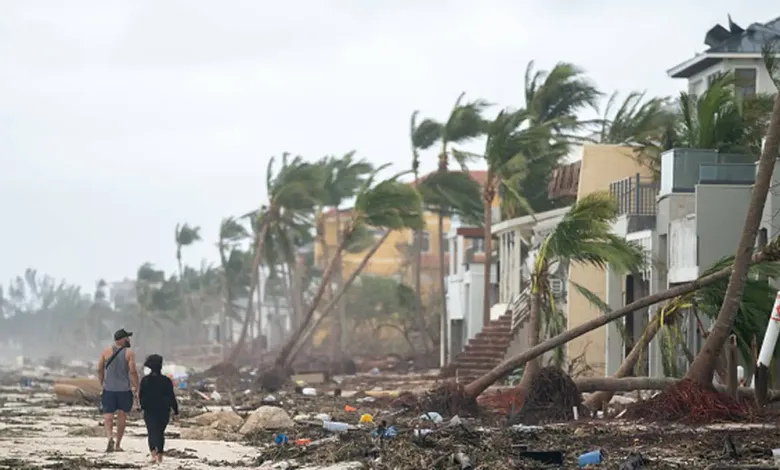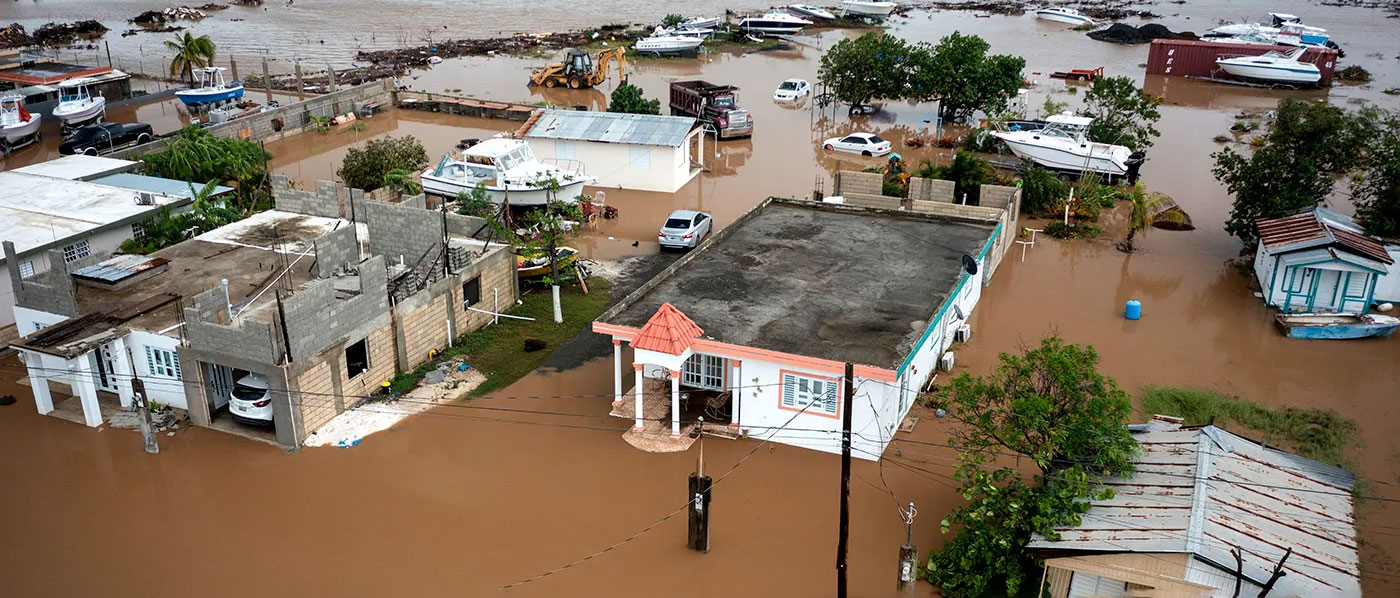
Is Your Relief Fund Out of Compliance?
October 12, 2022
Relief Funds Needs-Based Test Requirements
November 9, 2022October 26, 2022
Each year, countries around the world must be on alert for the potential formation of hurricanes. This is especially important because natural disasters are increasing due to climate change. In the past, tropical storms occurred less frequently and were less likely to strengthen into a hurricane. However, with more tropical storms occurring each year, there is an increased chance of storm escalation.
While many storms and hurricanes die out in the ocean, those that do make landfall can be catastrophic. Depending on the strength of the storm, it could result in severe property damage, power outages, flooding, and even the loss of life. In this article, we’ll explore the impact of the 2022 hurricane season specifically (as of 10/26).

The Effects of the 2022 Hurricane Season
As of October 2022, there have been 5 tropical storms (Alex, Bonnie, Colin, Gaston, and Hermine), 2 hurricanes (Danielle and Earl), and 2 major hurricanes (Fiona and Ian) in the Atlantic Ocean. Of these storms, Hurricane Ian and Hurricane Fiona have caused the most damage. Ian is the only storm to have made landfall in the continental U.S., first in Florida and then in North and South Carolina.
The hurricane damage caused by Ian is catastrophic in some areas—especially on the west coast of Florida where it first hit—with complete buildings and neighborhoods destroyed due to the storm’s power. As of October 12th, the number of storm-related deaths rose to at least 132, with 127 of those deaths occurring in Florida. Because of this, Ian has become the second-deadliest storm to hit the U.S. mainland in the 21st century.
In addition to the fatalities caused by Ian, the storm has also resulted in an estimated 41 to 70 billion dollars in damages. Many residents in Florida and the Carolinas are also still without power and clean water, and many individuals have needed to be rescued from their homes due to the damage caused by the storm.
Hurricane Fiona—which preceded Ian by a few weeks—crippled Puerto Rico, resulting in at least 25 storm-related deaths, at least 900,000 people without power, many citizens unable to access clean water, and an estimated multi-billion dollars in damage. Fiona continued north in the Atlantic all the way to the coast of Canada, where it made landfall and caused an estimated 300 to 700 million dollars in damage, making it one of the most expensive natural disasters in Canadian history.
While both Ian and Fiona have caused damage and loss of life, hurricane season still isn’t over. In fact, Tropical Storm Julia is currently brewing in the Atlantic just north of Colombia and is expected to move west to Central America over the next few days. There, it could cause flooding, mudslides, and other damage. That’s why it’s important to be prepared in the event of another storm and ensure you can provide help to team members and employees affected by natural disasters.

How Establishing a Disaster Relief Fund With Emergency Assistance Foundation Will Help Provide Aid
During the 2022 hurricane season, Emergency Assistance Foundation has already helped approximately 10,000 families with grants totaling $6,000,000. These grants provide crucial assistance to those who need it most and help impacted individuals start on the road to recovery.
In the aftermath of a natural disaster—like a hurricane—your organization can help impacted team members rebuild and recover with a disaster relief fund administered by Emergency Assistance Foundation. A relief fund can boost morale and encourage your internal communities to contribute directly to the support of fellow team members. Establishing a fund can alleviate the stress that disasters put on those within your organization and allow them to stay focused on recovering from the event.
If your organization is interested in starting a relief fund, consider establishing a fund with Emergency Assistance Foundation today. As a financial first responder, we are resourceful and fearless in ensuring that financial assistance reaches individuals in need, no matter the unique circumstances involved.
Once you establish a fund, you can also launch an Immediate Response Program (IRP) in the event of a qualified disaster to provide small grants quickly and efficiently. This is a unique, low-cost program, which is supplemental to a fund’s standard grant program and awards small grants (< $1,000) quickly in times of large-scale disasters like hurricanes.
Proactively establishing a relief fund with Emergency Assistance Foundation ensures that your organization is ready to assist any team members that are impacted by hurricanes and other natural disasters, and it can even be life-saving. According to data analyzed for our landmark 10-year relief fund industry report, natural disasters are the number one event included in the grant criteria for funds that are established with Emergency Assistance Foundation.
In fact, 73% of the over 300 relief funds we administer include natural disasters in their grant criteria. The funds’ sponsoring organizations recognize the growing importance of taking care of their team members in the aftermath of a natural disaster. As the threat of hurricanes continues to increase, now is the perfect time to start preparing for how your organization will respond once the next disaster occurs.
By establishing a fund with us today, your organization can assist members of your team affected by hurricanes and increasing natural disasters. Relief fund grants can help impacted individuals pull through difficult times and start on the path toward recovery. If you’d like to learn more about how your organization can help your team during difficult times, you can review additional information about how a fund works or contact us today. We look forward to helping you make a difference for those who need it most!




